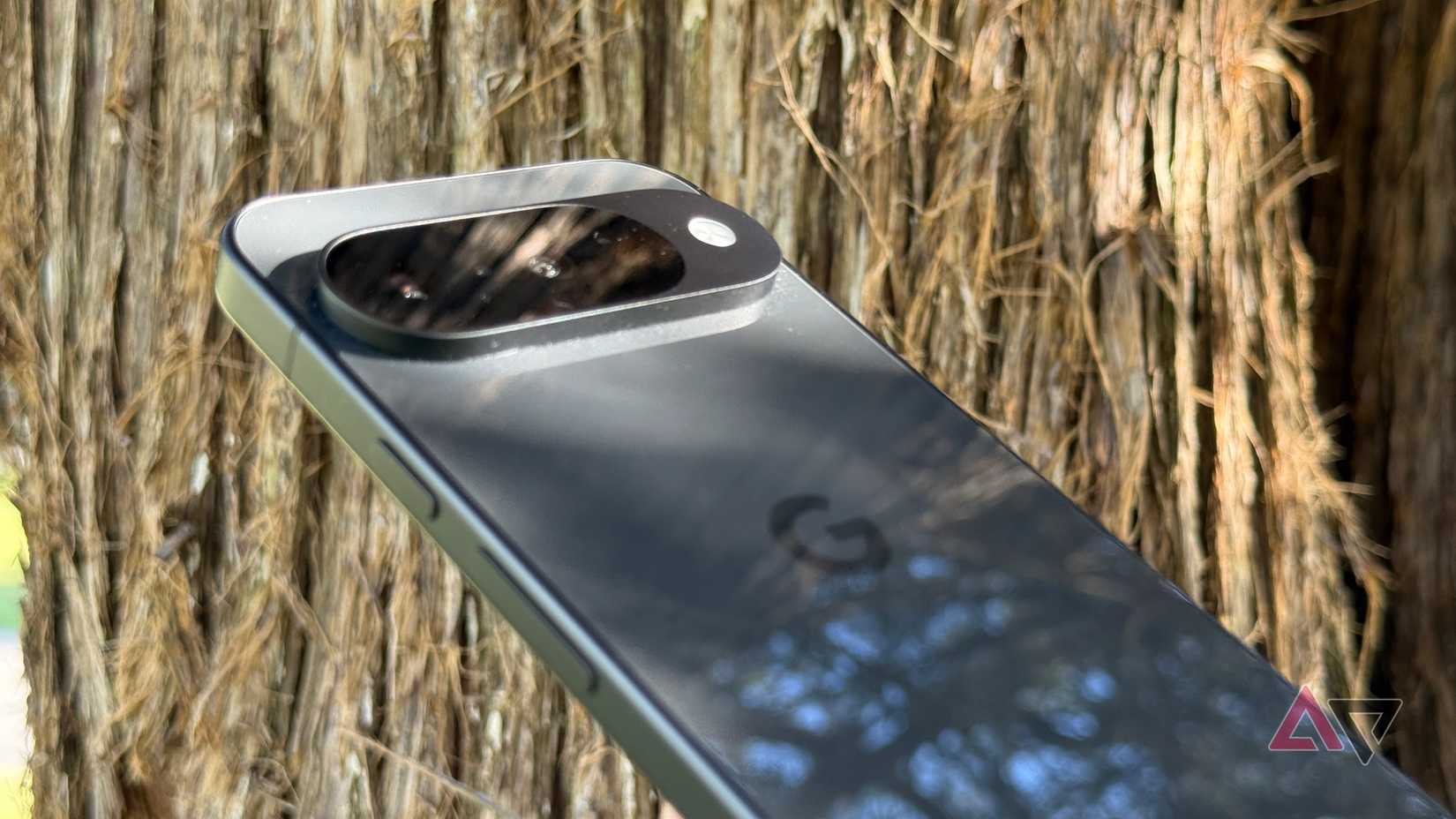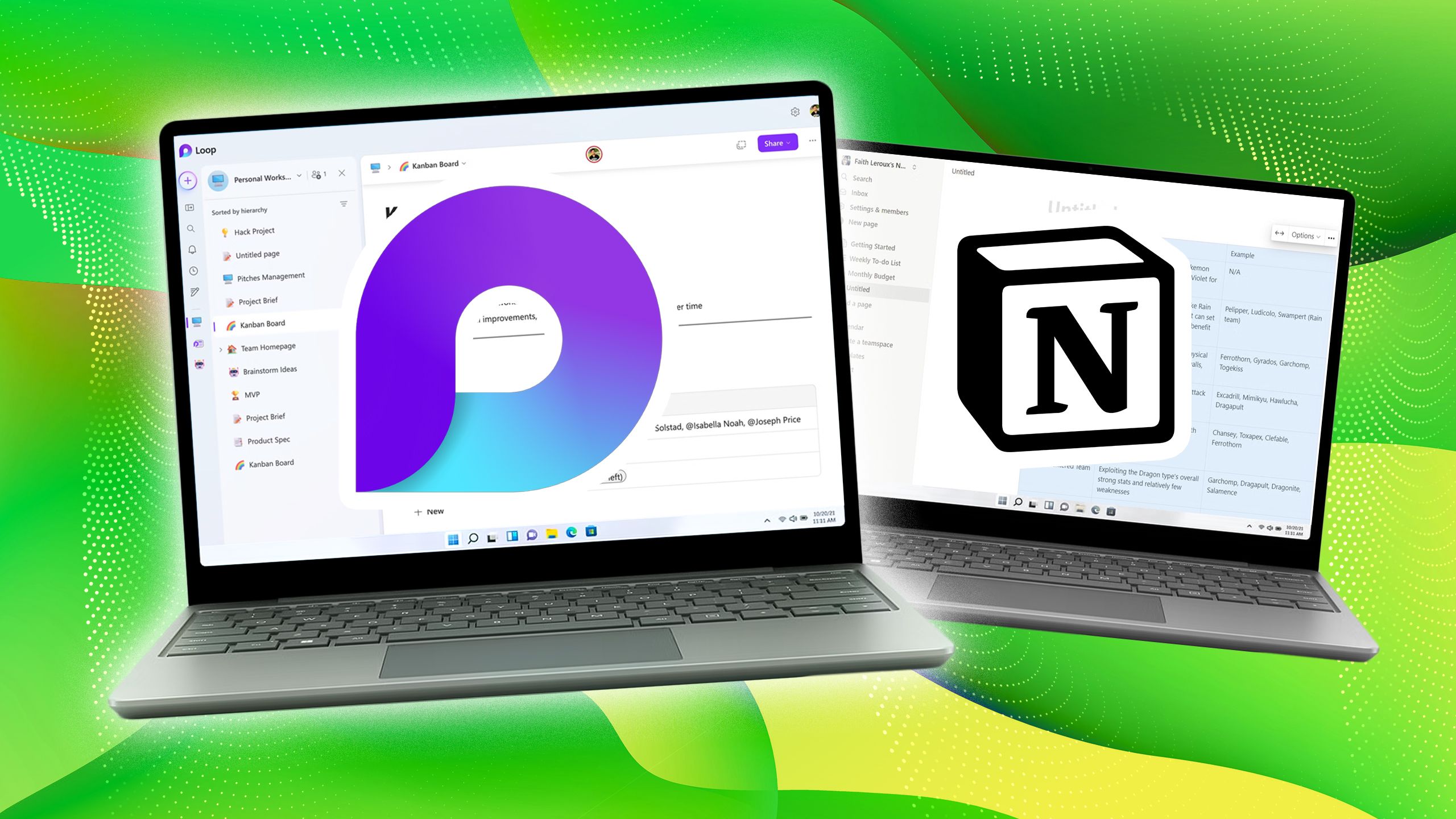Summary
- The base iPhone 17 is expected to feature a larger 6.3-inch display.
- Along with the size upgrade, the base iPhone 17 will reportedly include a 120Hz refresh rate and support for an always-on display.
- If Apple moves forward with this change, Android manufacturers may follow suit, potentially signaling the end of compact smartphones across the industry.
A lot has changed in the last few years. We’ve seen countless AI models introduced, foldable devices released one after another, budget phones starting to pack premium features and what once felt futuristic is now just… normal. Despite everything, one thing has remained constant through the years — Apple makes a move, the rest of the industry mocks it for a while, and then they eventually follow.
Though a lot of manufacturers’ flagships for the year are already out, Apple has only launched its budget-friendly iPhone 16e so far, with the rest of its lineup still to come. Traditionally, the company releases its flagship series during its September fall event, which will likely be the case this year too.
Given that September isn’t too far away, rumors and leaks surrounding the iPhone 17 lineup are in full swing, and the latest leak might have just given us insight into Android manufacturers’ next move.
The base iPhone is reportedly jumping to a 6.3-inch display
According to a new subscriber-exclusive post from Ross Young on X, a reputed display analyst, the base iPhone, which has typically been the one with the smallest screen size in each generation’s lineup, is expected to get a bigger display (via 9to5Mac).
Ross Young states that the iPhone 17 will have a larger 6.3-inch display, ditching its predecessor’s 6.1-inch panel. Ultimately, this would mean that the base iPhone 17 and the iPhone 17 Pro will have the exact same display size: 6.3 inches.
Last year, Apple slightly increased the display sizes of the iPhone 16 Pro and Pro Max, though the base iPhone 16 retained the same smaller size as its predecessor. So, it seems like the Cupertino-based giant plans on going all-in on larger displays and might be ready to bid farewell to compact-size devices for good.
The base iPhone 17 will also reportedly get a 120Hz refresh rate display and support for always-on display too. Though all of these changes do mean that the base iPhone will likely be a hit this fall, and Apple fans might not feel the need to jump straight to the Pro models, it’ll likely also result in Android OEMs following suit.
Whether you like bigger displays or prefer compact ones that slip into your pocket with ease may be a personal preference, but if history tells us anything, it’s that when Apple makes a move, the rest of the industry tends to shift with it.



